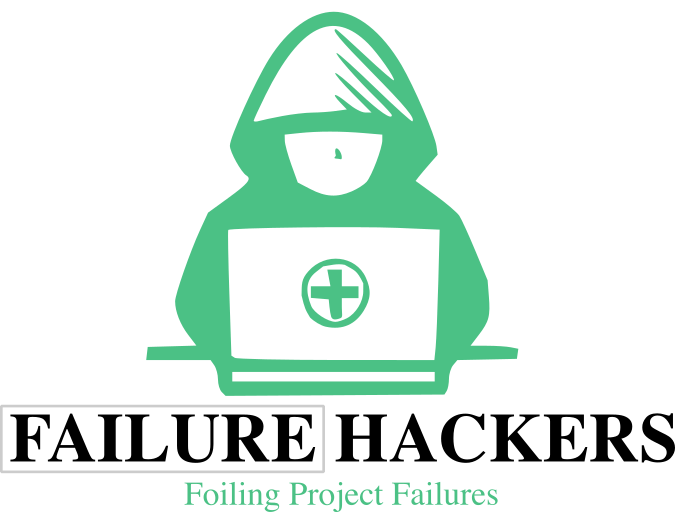Ranking Tasks by Urgency and Impact
Managing a team’s workload can sometimes feel like juggling flaming torches while walking a tightrope. With multiple demands pulling in various directions, it’s crucial to have a structured method for prioritising tasks. One effective framework that has stood the test of time is the Eisenhower Matrix. This powerful tool helps identify what truly matters by separating tasks into quadrants based on their urgency and impact. In this article, we’ll explore how to adapt the Eisenhower Matrix to effectively rank your team backlog items and boost overall productivity.
The Eisenhower Matrix: An Overview
The Eisenhower Matrix, named after former US President Dwight D. Eisenhower, who famously stated, “What is important is seldom urgent, and what is urgent is seldom important,” serves as a strategic method for task management. The matrix divides tasks into four distinct quadrants:
- Urgent and Important (Do First): Tasks that need immediate attention and carry significant consequences if not completed.
- Important but Not Urgent (Schedule): Tasks that are essential for long-term goals but do not require immediate action.
- Urgent but Not Important (Delegate): Tasks that demand immediate attention but do not significantly impact outcomes; these can often be delegated.
- Not Urgent and Not Important (Eliminate): Tasks that neither require immediate action nor contribute meaningfully to objectives; these should be minimised or eliminated.
By using this matrix, teams can gain clarity on where their focus should lie, helping to reduce overwhelm and improve efficiency.
Step 1: Define Your Backlog Items
Before you can effectively use the Eisenhower Matrix, you must first compile your team’s backlog items. A backlog can consist of a range of tasks, including projects, features, issues, maintenance work, and even minor fixes. It’s essential to ensure this list is comprehensive yet manageable.
To get started, gather input from all team members to populate the backlog. Encouraging everyone to contribute ensures that no critical task is overlooked. You may choose to use project management tools such as Trello, Asana, or Jira to keep track of these items systematically.
Practical Tip:
Utilise a spreadsheet to list out all tasks, including descriptions, deadlines, estimated effort, and responsible individuals, allowing for easy manipulation and visualisation later on.
Step 2: Evaluate Urgency and Impact
With your backlog in front of you, the next step is to assess each task based on two criteria: urgency and impact.
Urgency
- Urgent: These tasks need immediate attention within a specific timeframe, often driven by deadlines or stakeholder pressures.
- Not Urgent: Tasks that can afford to wait and are not tied to pressing deadlines.
Impact
- Important: Tasks that have a substantial effect on project success, contribute to key objectives, or align with strategic goals.
- Not Important: Tasks that are often minor, peripheral, or irrelevant to overarching objectives.
Engaging in a team discussion where each member rates tasks can foster diverse perspectives and highlight varying perceptions of urgency and importance.
Practical Tip:
Consider using a scoring system from 1 to 5 for both urgency and impact. This quantifiable approach allows you to leverage data when discussing priorities, making it easier to reach consensus.
| Score | Urgency (How soon action is needed) | Importance / Impact (How much it matters) |
|---|---|---|
| 1 – Not Urgent / Not Important | No fixed deadline; can be done anytime or never. Delay has no real consequence. | Trivial or low-value activity. Minimal or no impact on objectives, customers, or outcomes. |
| 2 – Low Urgency / Low Impact | Loose timescale; no dependency on immediate action. Others are not waiting on it. | Slightly useful but not aligned to key goals or priorities. Limited benefit if completed. |
| 3 – Moderately Urgent / Moderately Important | Some time pressure; delay may create minor inconvenience or rework later. | Contributes to goals or operations but is not critical. Moderate impact or visibility. |
| 4 – Urgent / Important | Needs attention soon (today or within a few days). Delay could cause problems or missed opportunities. | Strongly supports strategic or operational goals. Noticeable positive or negative impact if done or not done. |
| 5 – Very Urgent / Very Important | Immediate attention required. Delay causes significant risk, failure, or reputational damage. | Critical to success, safety, or mission outcomes. Major impact on performance, compliance, or stakeholder trust. |
Step 3: Populate the Eisenhower Matrix
Now comes the exciting part: placing your backlog items into the Eisenhower Matrix. Draw a large cross on a whiteboard or piece of paper to visually represent the four quadrants.
- Urgent and Important (Do First): Place tasks that score high on both urgency and impact here. These are your top priorities and should be tackled first.
- Example: A critical bug affecting the functionality of your main product.
- Important but Not Urgent (Schedule): These are tasks that help drive long-term goals but don’t require immediate action. Schedule time for these in your calendars as they are crucial for future success.
- Example: Planning a feature upgrade that improves user experience.
- Urgent but Not Important (Delegate): Identify tasks that are urgent but do not significantly impact your objectives. These should be delegated to team members or even scheduled for completion later.
- Example: Responding to routine inquiries that could be handled by junior team members.
- Not Urgent and Not Important (Eliminate): Mark tasks that fall into this quadrant for potential elimination. They often drain valuable time and resources without offering any real benefit.
- Example: Attending unproductive meetings that don’t impact your work.
Practical Tip:
Regularly update this visual matrix during team meetings. This practice will help keep everyone aligned and accountable, ensuring transparency in how tasks are prioritised.
| Quadrant | Description | Typical Action |
|---|---|---|
| High Importance (4–5), High Urgency (4–5) | Do Now – Critical and time-sensitive | Do immediately |
| High Importance (4–5), Low Urgency (1–3) | Plan – Strategic but not time-pressured | Schedule and plan |
| Low Importance (1–3), High Urgency (4–5) | Delegate – Reactive but low value | Delegate or streamline |
| Low Importance (1–3), Low Urgency (1–3) | Eliminate – Not worth the effort | Drop or ignore |
Step 4: Take Action and Monitor Progress
With your backlog now organised using the Eisenhower Matrix, it’s time to take action. Assign tasks to the relevant team members, ensuring that everyone understands their responsibilities. Set deadlines for your “Do First” tasks and schedule check-ins to monitor progress and address any roadblocks.
Additionally, encourage your team to review and reflect regularly on their workload. Continuous feedback loops can help adapt and refine your prioritisation process. This involved approach fosters ownership among team members, empowering them to manage their own tasks effectively.
Practical Tip:
Implement regular stand-up meetings where team members can share updates on their assigned tasks and discuss any challenges they might face. This builds a culture of communication and support.
Step 5: Review and Adjust
Prioritisation isn’t a one-time activity. As circumstances change, so too should your backlog. Regular reviews of the Eisenhower Matrix will help ensure that tasks remain relevant and aligned with strategic goals.
Schedule periodic evaluations—perhaps weekly or bi-weekly—where the team revisits the backlog. Reassess the urgency and importance of each item as new tasks arise and old ones are completed. This agile approach ensures your team remains nimble and responsive to change, ultimately enhancing productivity and focus.
Practical Tip:
Create a feedback loop where team members can propose changes to task priorities based on progress, shifting deadlines, or resource availability, ensuring everyone stays engaged.
Conclusion: Maximising Efficiency with the Eisenhower Matrix
In a world where time feels scarce and demands seem endless, the Eisenhower Matrix provides an invaluable framework for prioritising tasks based on urgency and impact. By adapting this method for your team backlog, you create a structured approach that fosters efficiency, accountability, and collaboration.
Remember, the goal is not just to get more done but to focus on what truly matters. By implementing this practical and actionable prioritisation strategy, your team can cut through the noise, eliminate distractions, and channel their efforts into tasks that drive real impact. So gather your team, embrace the Eisenhower Matrix, and start transforming your backlog into a well-organised roadmap for success!

